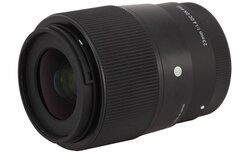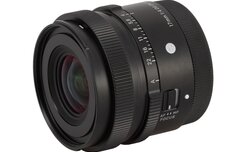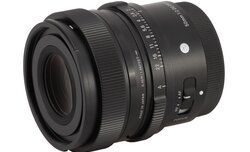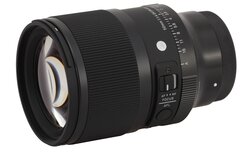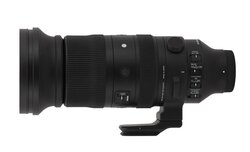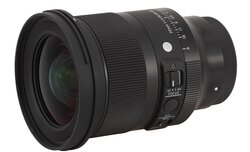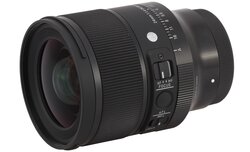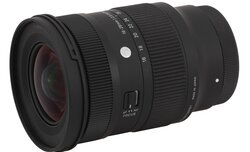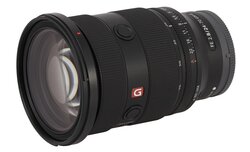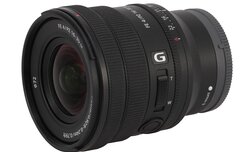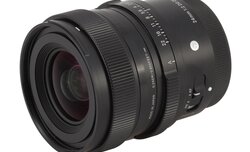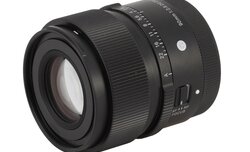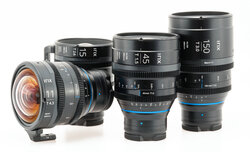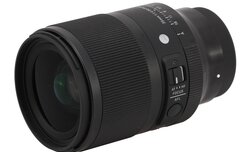In 2016-18 Sigma launched three fixed focal length Contemporary series lenses as fast, aperture-wise, as f/1.4. They were designed for mirrorless cameras with sensors smaller than full frame - we think here about models with focal lengths of 16, 30, and 56 mm.
I admit it: personally, I am a very big fan of small ultra-wide angle lenses. Once I went to Iceland with the Fujifilm X-E1 and the Laowa 9 mm f/2.8 as the main lens, a small device providing an angle of view of as much as 113 deg.
I\'ve repeated it several times in my texts: I dream of a producer who will be able to offer a whole set of shapely, solid, optically good prime lenses as fast as f/1.8-2.0 for full frame. Currently Sigma seems to be the closest to this goal, as their Contemporary series has filled many gaps on the market.
When in 2013 Sigma started to release their full frame, fast Art line lenses they were very methodical, offering at first the most classic parameters. The A 35 mm f/1.4 DG HSM was shown at the beginning, the A 50 mm f/1.
In 2000 took place a launch of a very original Sigma lens. It was a huge surprise for the photographic market and we think here of the Sigma 50-500 mm f/4-6.3 DG EX APO RF HSM, the first 10 x optical zoom hyper-telephoto instrument.
Full frame 20 mm lenses have been present on the market for many years; still, more often than not they offer you an aperture only as fast as f/2.8 or so. The era of faster instruments of this class started near the very end of 20th century - in December 2000 the Japanese Sigma company showed the 20 mm f/1.
During last two years we\'ve seen a real offensive from the Sigma Contemporary line in a form of shapely but a tad slower lenses. During that time as many as nine models have been launched whereas the Art series got just two new devices and the Sport series – only one.
A classic set of journalistic zoom lenses usually consists of models with fixed f/2.8 aperture and the following parameters: 16-35, 24-70, and 70-200 mm. As the last two compliment each other nicely with their focal lengths, the first two double a part of their focal range.
If a photographic system wants to be treated seriously by professionals it has to feature tools they demand. A classic 24-70 mm f/2.8 journalistic prime might be considered one of such indispensable tools.
There are many ultra-wide zoom lenses in the full frame Sony FE system so its users might feel pampered. They could choose between two 12-24 mm models, one as fast as f/2.8 and other a bit slower, f/4.
I\'ve been wondering for some time whether or not I can call myself a professional photographer. On the one hand I partially earn my living by taking photos; the problem is, more often than not these are photos of different testing charts, hardly a topic worth professional photography.
In July 2019 Sigma showed their first fixed focal C line lens (the C letter meaning Contemporary), designed for full frame mirrorless Sony, Sigma, and Panasonic cameras. That launch was quite untypical because we were shown the C 45 mm f/2.
When it comes to portrait lenses with focal lengths near 85 mm two kinds of instruments prevail on the market – either very fast and very expensive f/1.2-1.4 models, or constructions aimed at amateur photographers with a maximum relative aperture of f/1.
It\'s not a big secret: many optics producers have both photographic lenses and cinema lenses in their line-ups. In fact – it would be far easier to list those that don\'t. Usually, instruments designed for video recording come with parameters identical or similar to these of their photographic cousins but their prices are usually higher.
When it comes to top-of-the-range fixed-focal Art series lenses, Sigma has already presented the A 35 mm f/1.2 DG DN, the A 85 mm f/1.4 DG DN, and the A 105 mm f/2.8 DG DN Macro, all designed for full frame mirrorless cameras.




